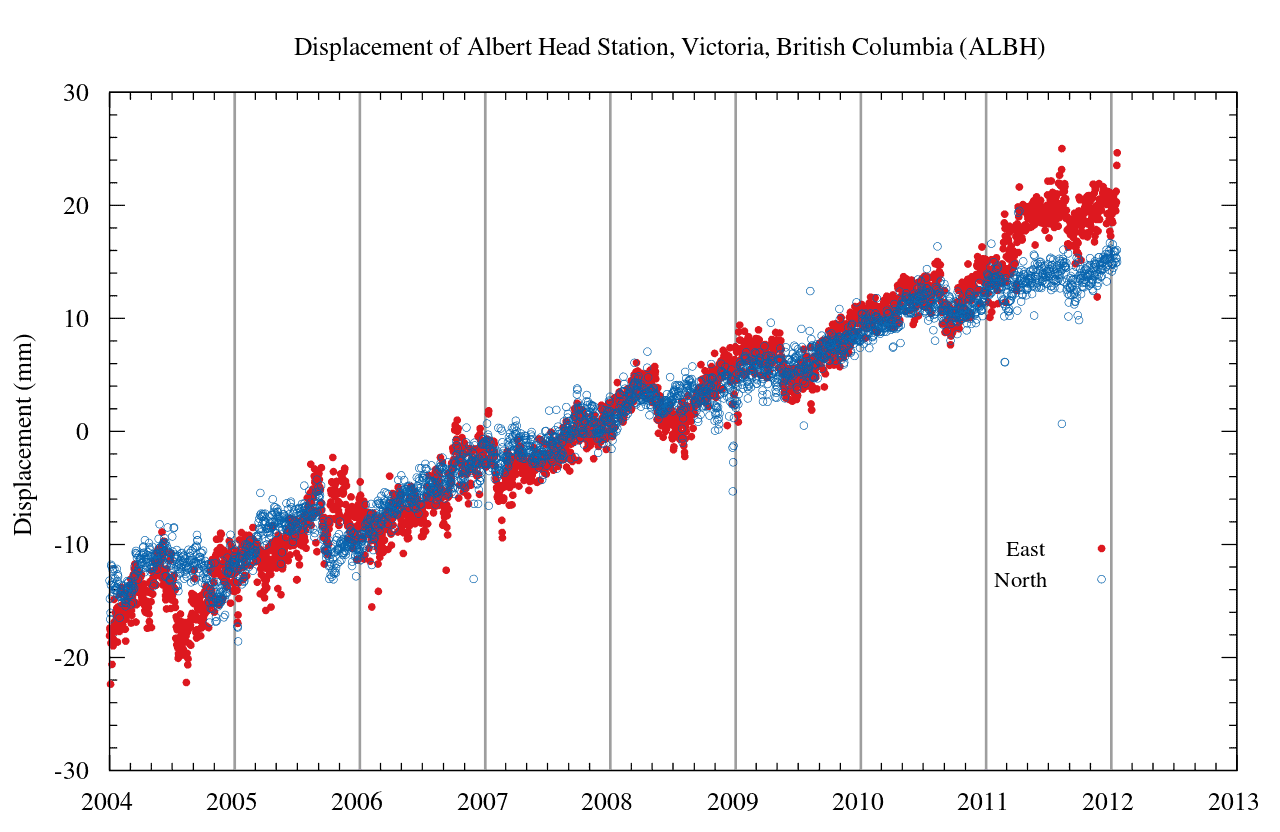Two machine learning papers published in Nature offer promising prospects of using intelligent algorithms to predict fault slippage, which often precedes large earthquakes.
Right off the bat, it should be said that in the strictest sense, earthquake prediction is not possible — there is no reliable way to predict when an earthquake will happen or how strong it will be. That being said, researchers can address the situation in terms of odds and intervals, pincering in based on the available information.
For instance, many earthquakes are preceded by a series of small temblors (though not all series of small temblors precede earthquakes). In the new papers, researchers used a machine learning algorithm to analyze this type of seismic signal from the Cascadia fault that stretches from northern Vancouver Island in Canada to Northern California in the United States.
They found a direct correlation between the seismic signals and physical movements on the sides of the fault.
“Cascadia’s behavior was buried in the data. Until machine learning revealed precise patterns, we all discarded the continuous signal as noise, but it was full of rich information. We discovered a highly predictable sound pattern that indicates slippage and fault failure,” said Los Alamos scientist Paul Johnson. “We also found a precise link between the fragility of the fault and the signal’s strength, which can help us more accurately predict a megaquake.”
The key breakthrough was making sense of the continuous rumble — and this is where the machine learning algorithm comes in. Essentially, major slips are preceded by a cascade of micro-failure events that radiate elastic energy in a manner that foretells catastrophic failure, and the algorithm can pick up this pattern.
“Here we show that the Cascadia subduction zone is apparently continuously broadcasting a low-amplitude, tremor-like signal that precisely informs of the fault displacement rate throughout the slow slip cycle. Using a method based on machine learning previously developed in the laboratory, we analysed large amounts of raw seismic data from Vancouver Island to separate this signal from the background seismic noise,” researchers write in one of the studies.
The team analyzed 12 years of real data from seismic stations in the region and found similar signals and results: Cascadia’s constant tremors are a good indicator of the displacement of the slowly slipping portion of the subduction zone. Therefore, researchers suggest, careful monitoring in Cascadia may provide new information on the locked zone to provide an early warning system.
At this point, it’s not clear if the same approach could be applied to different seismically active areas.
Journal References:
Claudia Hulbert et al. Similarity of fast and slow earthquakes illuminated by machine learning, Nature Geoscience (2018). DOI: 10.1038/s41561-018-0272-8
Bertrand Rouet-Leduc et al. Continuous chatter of the Cascadia subduction zone revealed by machine learning, Nature Geoscience (2018). DOI: 10.1038/s41561-018-0274-6










